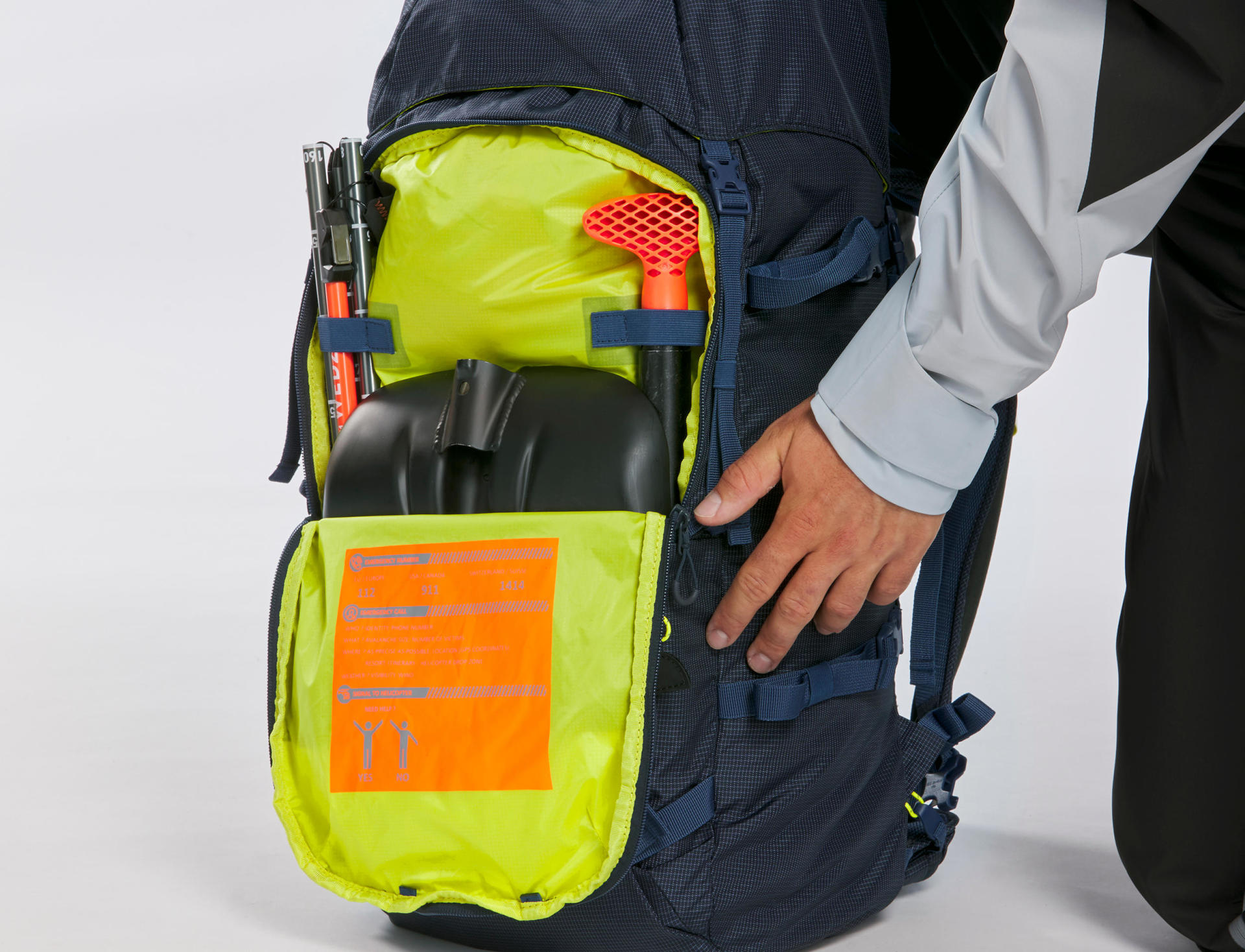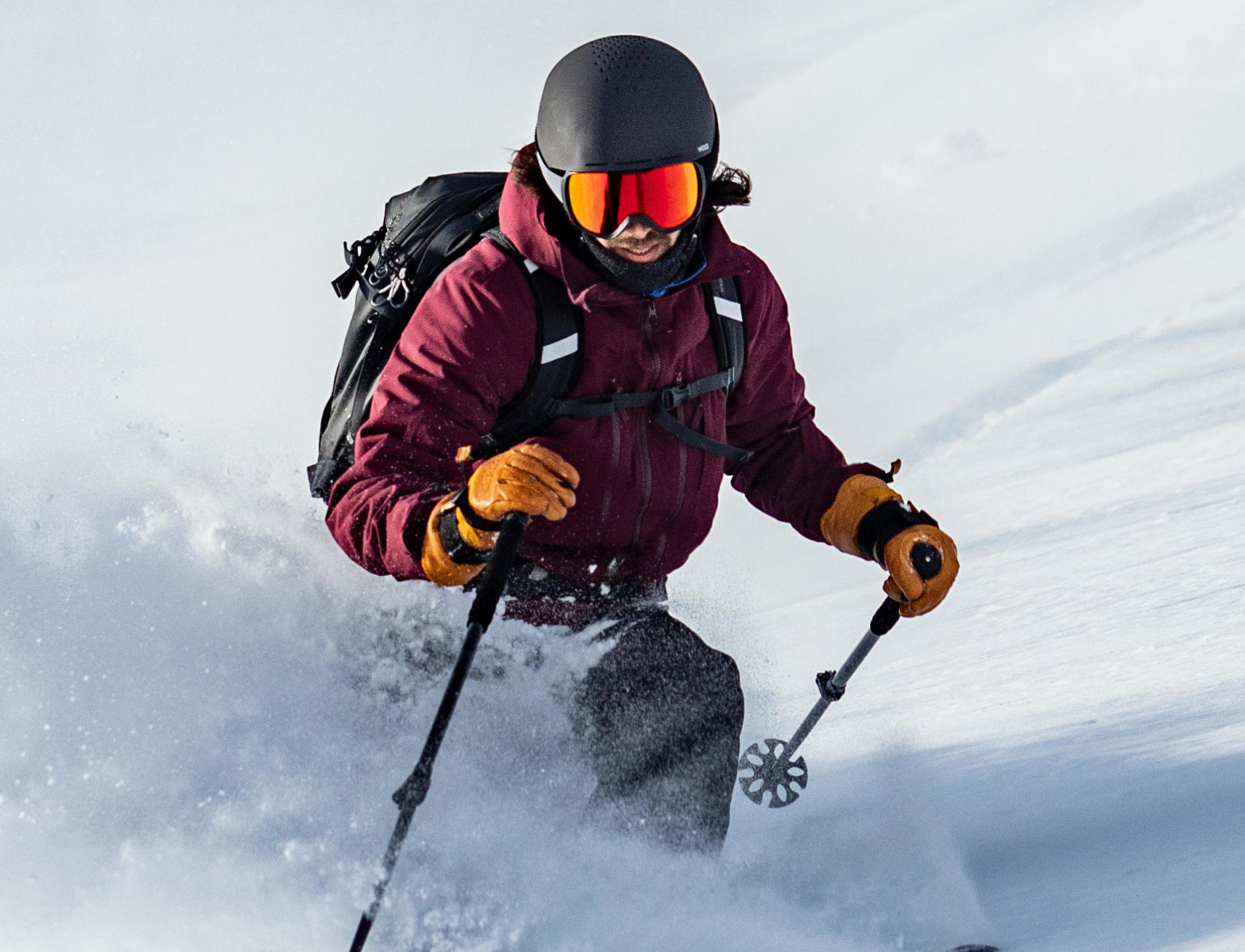The delights of gliding over powder snow
Freeride skiing has experienced a boom in recent years, thanks to the development of the equipment, with wider skis making the powder snow more easily accessible. The growing renown of international competitions like the Freeride World Tour, and films conveying incredible images of steep white landscapes and perfect lines, just a click away for everyone, have also greatly helped with this.
But Freeride, as much as it inspires dreams, remains a sport in which the joy can only come hand in hand with great care and safety measures suited to the winter mountain environment.















